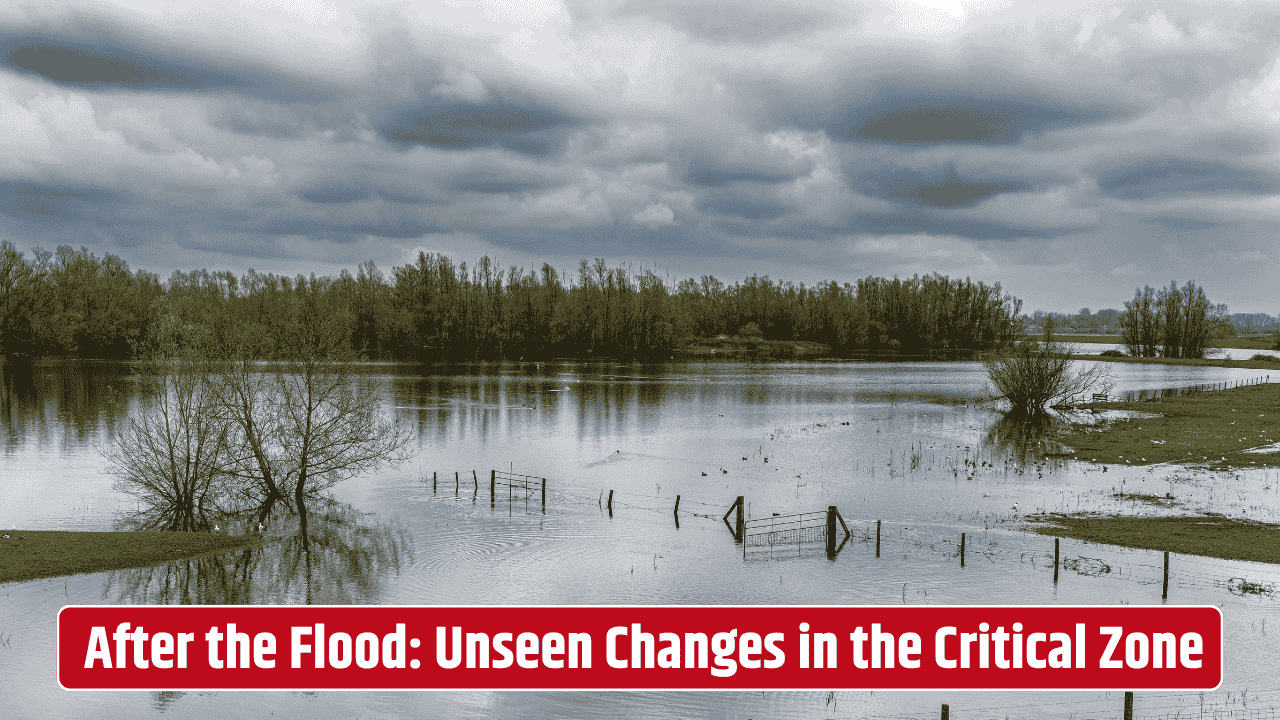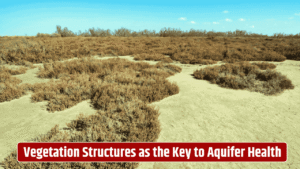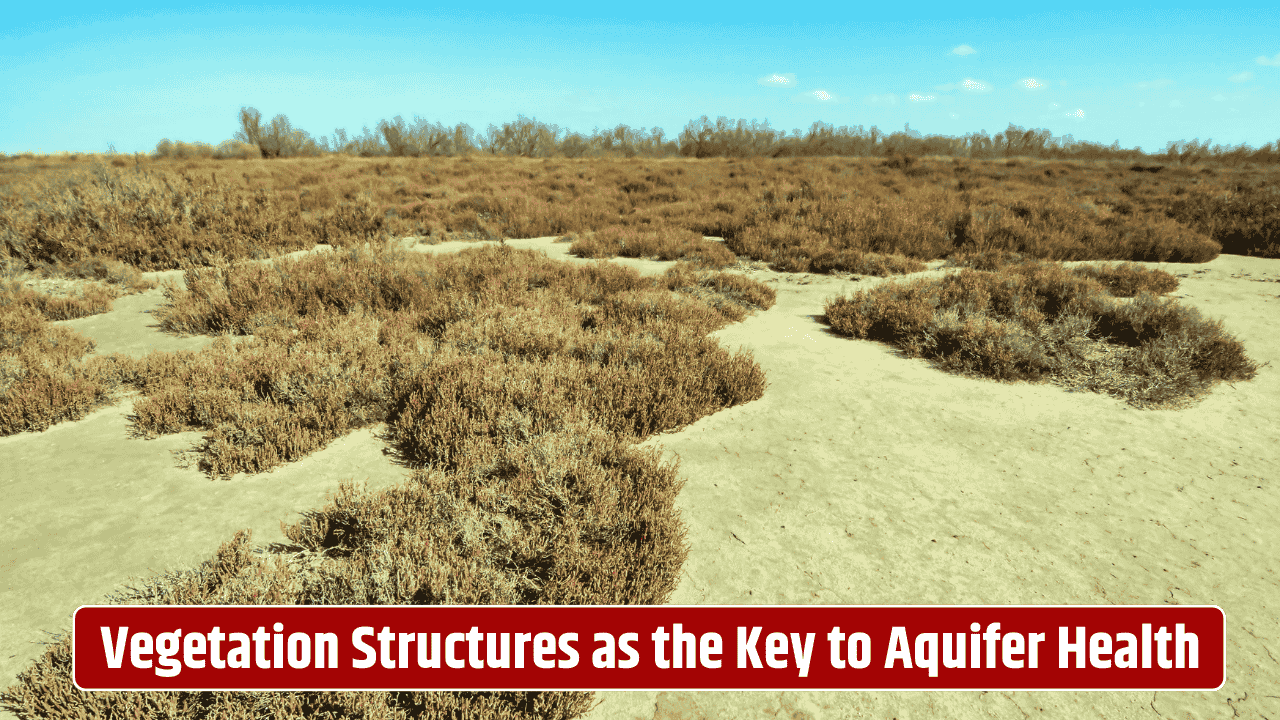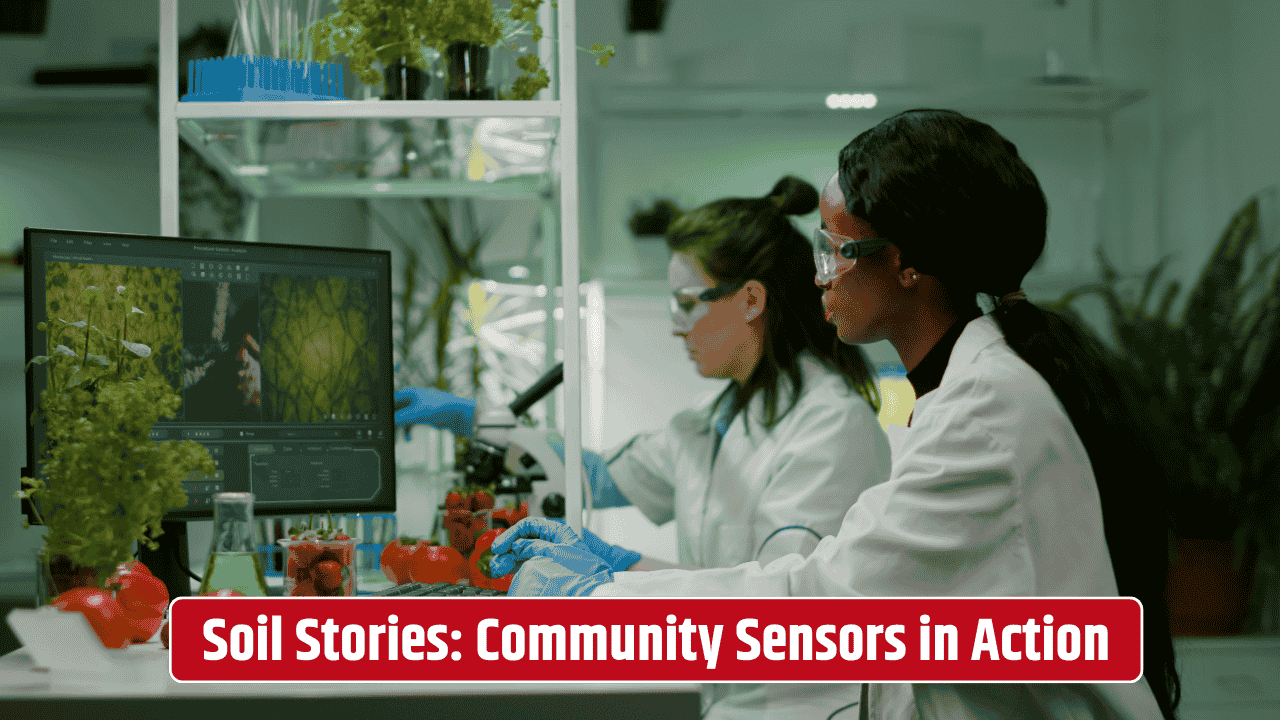The strangest thing about a flash flood is how quickly it turns from nothing to everything. One moment the street looks like it always does—maybe a bit of rain pooling by the curb—and then, within an hour, you’re watching cars bob down the road like toy boats. The real kicker? When the water finally recedes, the story’s not over. That “after” phase, the critical zone, is where hidden damage creeps in and quietly reshapes lives.
Table of Contents
Beyond the Obvious Damage
Everyone sees the torn-up roads, the mud-caked houses, the tree limbs scattered across lawns. But flash floods punch deeper than broken asphalt. The ground itself can become unstable. Erosion eats away at the soil underneath foundations, leaving homes technically “standing” but no longer safe. Wells can get contaminated by runoff that carries everything from pesticides to raw sewage. And if you think the power outage is the biggest inconvenience—try living with tainted drinking water.
Health Hazards That Linger
Here’s the part few people talk about: the aftermath is often a public health minefield. Floodwaters carry bacteria, chemicals, and even sharp debris you can’t see once the water turns brown. The Centers for Disease Control and Prevention (CDC) warns that skin infections, gastrointestinal illnesses, and even respiratory issues spike in flooded regions. Mold, for example, can start growing within 24 to 48 hours, and once it gets into walls or air ducts, it’s a long battle.
Children and seniors are hit hardest. Kids play in what looks like “just puddles,” not realizing it’s contaminated. Older adults, especially those with compromised immune systems, often face higher hospitalization rates after floods. It’s not dramatic headlines—it’s slow, grinding impacts that stretch for weeks or months.
The Financial Fallout Nobody Budgets For
Insurance adjusters will tally up the cost of damaged furniture, cracked driveways, and collapsed sheds. But here’s the brutal reality: a lot of families don’t have flood insurance in the first place. According to FEMA’s National Flood Insurance Program, just one inch of water inside a home can cause up to $25,000 in damage. One inch. And without coverage, that burden falls directly on homeowners.
Even for those who do have coverage, the hidden costs keep climbing. Time off work, relocation expenses, healthcare bills, and mental health support rarely make it into the insurance claim. That’s why you’ll often see GoFundMe campaigns pop up after major floods—people trying to cover the gaps left by policies that weren’t designed for reality.
| Hidden Impact | Example | Long-Term Cost |
|---|---|---|
| Water contamination | Wells, municipal pipes | Medical bills, bottled water costs |
| Structural erosion | Foundations, roads | Expensive repairs, potential relocation |
| Mental health strain | PTSD, anxiety | Therapy, lost productivity |
| Lost wages | Missed work, closed businesses | Household financial instability |
| Mold infestation | Inside walls, HVAC systems | Thousands in remediation |
Mental Health: The Silent Flood
It’s easy to measure property damage in dollars, but how do you measure the feeling of losing control? Flash floods hit fast and hard, leaving communities on edge every time dark clouds gather. Psychologists point out that post-traumatic stress disorder (PTSD) isn’t just for soldiers—it’s increasingly documented in disaster survivors. The National Institute of Mental Health notes that symptoms like anxiety, sleeplessness, and even survivor’s guilt are common. And yet, mental health resources are usually the last thing funded in disaster response.
Climate Change Turns Up the Volume
Scientists keep telling us: flash floods are getting worse. Warmer air holds more moisture, which means storms dump heavier rain in shorter bursts. The U.S. Environmental Protection Agency (EPA) has been tracking a sharp rise in extreme rainfall events over the past 50 years, and the trend isn’t slowing down. For folks living near rivers, streams, or even poorly drained neighborhoods, that means “100-year floods” now feel like once-a-decade events.
Preparing for the Next One
So what can be done? Individually, it comes down to a mix of preparation and awareness. Having a go-bag, knowing evacuation routes, testing sump pumps—these sound basic but save lives. Communities, on the other hand, need to start treating stormwater systems and land management like national security infrastructure. Because in a way, they are.
Cities that invest in permeable pavements, better drainage, and floodplain protection tend to bounce back faster. And households that elevate critical utilities—like electrical panels or water heaters—reduce long-term repair costs dramatically. Recovery is never quick, but resilience planning makes the next hit less devastating.
FAQs
What’s the first thing to do after a flash flood?
Stay out of standing water until officials confirm it’s safe—contamination is a bigger threat than people realize.
Does standard homeowners’ insurance cover flash floods?
No. You need a separate flood insurance policy through FEMA or private insurers.
How soon does mold start to grow after flooding?
Typically within 24–48 hours, especially in warm, humid conditions.
Are flash floods linked to climate change?
Yes. Warmer air holds more moisture, which increases the intensity of rainfall events.
What government resources help flood victims financially?
FEMA offers disaster assistance, but eligibility and coverage vary widely by situation.










